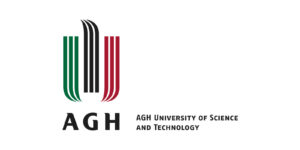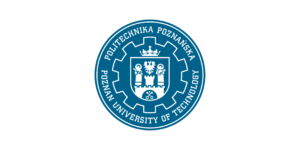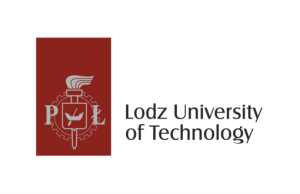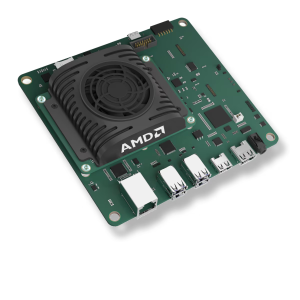Welcome to FPGA Hackathon official website!
FPGA Hackathon 2025
has came to an end.
See you next year!
When?
Where?
For who?
May 24–25, 2025.
Hala 100-lecia KS Cracovia
and online.
For FPGAs enthusiasts
of all skill levels.
To stay updated and ensure you don’t miss any details, we recommend keeping an eye on our website and following us on social media.
Registration opens on March 3rd – gather your crew and prepare for launch!
Summary of registration rules:
• One registration per team – The first person in the registration form will be the main team contact.
• Who can’t join? – Nokia employees & task creators are not eligible.
• Entry test (easy and short 
• Registration window – March 3, 2025, 12:00 PM CET → March 23, 2025, 12:00 PM CET.
• Test period – March 24, 2025, 12:00 PM CET → April 6, 2025, 12:00 PM CEST. The test will be sent to the team’s contact person.
• Selection of teams – teams will receive answer by April 13, 2025.
• Confirm participation – Deadline: 7 days after receiving an email with a positively considered request to participate in the event.
For detailed rules and regulations, please refer to the Regulations section in the More tab.
Final results
1st
2nd
3rd
Malagana
Kuźnia Rdzenia
Plusultra
Watch the 2025 closing cermony
Map of the Event

Schedule
Saturday - May 24, 2025

9:30 – 10:45 AM CET
Check-In at Hala 100-lecia KS Cracovia
verification of registered participants

11:00 AM CET
Opening Ceremony
FPGA Hackathon 2025 opening and task presentation

12:30 PM CET
The Lift-Off!
the official start of the hacking

2:00 – 4:00 PM CET
Lunch
diverse and delicious meal

7:00 – 10:00 PM CET
Supper
hot & tasty pizza
Sunday - May 25, 2025

7:00 – 9:00 AM CET
Breakfast
healthy, juicy and nutritious meal

12:30 PM CET
The Landing
end of the hacking

1:30 PM CET
Hackathon Closure Ceremony
presentation of the winners of the FPGA Hackathon 2025
Prizes
Apart from enormous knowledge gain, combined with eternal honor and glory, for winners we will provide in-kind prizes with a possibility of choice (though slightly limited). This way you don’t need to worry about winning something you already own!
Each team member will have the opportunity to choose one of the prizes (exact models will be presented for selection by the winners on the day of the hackathon):
1st place: Prize of value approx. 4 000.00 PLN per Team Member







2nd place: Prize of value approx. 2 500.00 PLN per Team Member







3rd place: Prize of value approx. 1 250.00 PLN per Team Member







Watch the 2025 promo video
Main Theme
Far Side of the Moon – the Unseen Frontier
For centuries, humanity has looked at the Moon as a source of mysteries, inspiration, and challenges. Recently, with the successful creation of the first lunar metropolis, a new chapter in space exploration has begun. But this was only the beginning.
While the near side of the Moon has been settled and technologically developed, the far side – hidden from Earth’s view – remains an unexplored territory filled with unexplained anomalies and mysterious signals. For years, engineers and scientists have attempted to establish stable communication with this part of the Moon, but unknown sources of interference have made it nearly impossible.
After one of the most powerful solar storms in recorded history severely disrupted lunar communication systems, a strange phenomenon was detected – unidentified signals originating from the far side of the Moon. Their source remains unknown, and analysis suggests they could stem from natural processes… or something entirely unexpected.
To unravel this mystery, a new mission has been announced: the Lunar Station Crew has been tasked with designing and developing cutting-edge FPGA-based systems. Their challenge is to create solutions capable of capturing, analyzing, and transmitting data through the Moon’s harsh environment. This mission is not only about establishing a foundation for future space exploration, but also about answering a crucial question:
What truly lies hidden on the far side of the Moon?
Is this merely natural interference, or could it be a signal from something – or someone – waiting for contact?
With time running out and uncertainty growing, the answers must be found. The next stage of lunar exploration begins now.
Hardware Hero
The hardware hero of this year’s FPGA Hackathon is… Kria KV260! Kria KV260 is a starter kit manufactured by AMD that shines as a low-cost board for all FPGA enthusiasts. As all Kria SOMs, it is equipped with a custom-built Zynq UltraScale+ processor which proofs useful when heading for various goals in diverse applications fields such as robotics, signal processing and vision AI.
Highlights from previous editions
Main event organizer
Advanced by
Platinum sponsors
Sliver sponsors
Bronze sponsors
Honorary patronage















Media patrons




Partners










